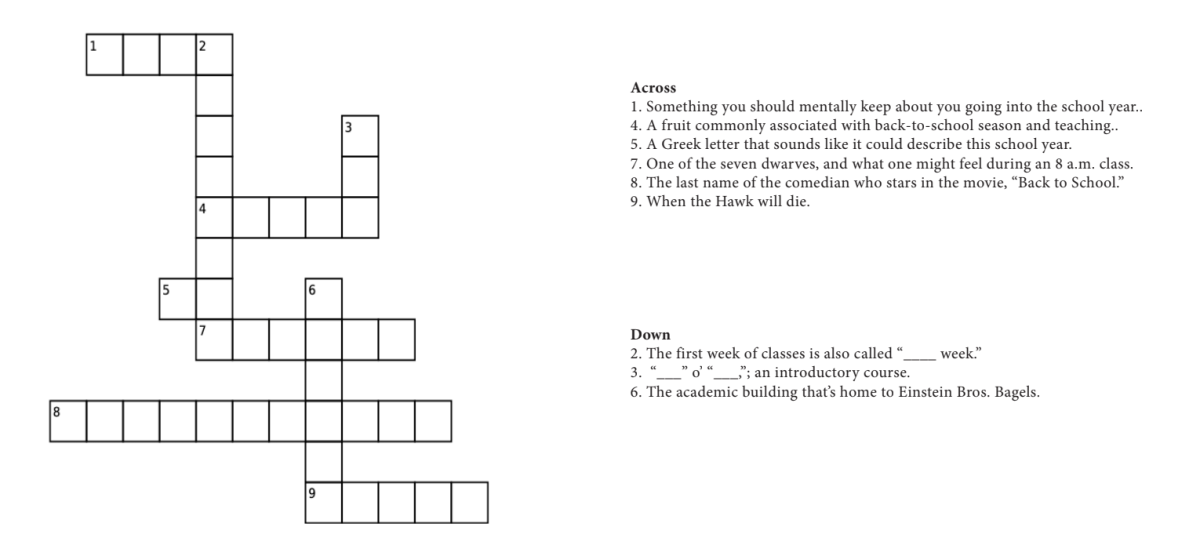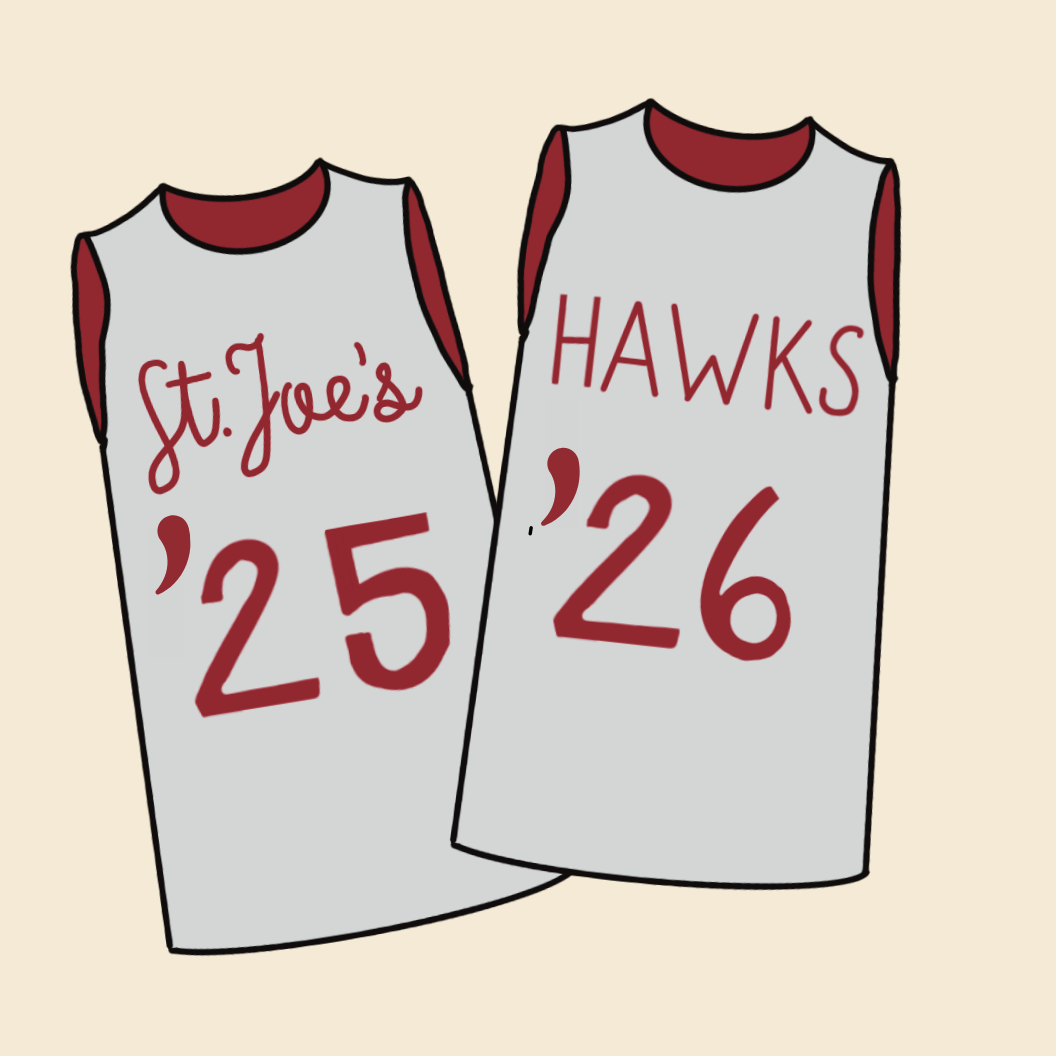Online thrift stores become Instagram trend
Instagram—an online haven where you can find just about anything; there are foodie accounts, meme accounts. Even our dogs have Instagram accounts these days.
With seemingly everything having an online presence, thrift shopping has also made an appearance on social media. Utilizing Instagram’s features, users are selling old clothes to their followers to clear out their closets and earn a profit.
The pricing could be set or bidding based, or the clothes could be donated, sought out by the seller or taken from the seller’s closet. However it’s based, the premise is basically the same: an item is posted on the account, users comment or direct message the seller, and the item is sold.
Tao Nguyen ’22 and Kerri Howley ’22 jumped on this trend and began selling their clothes on their Instagram account @tk_thrift during the spring of 2019.
“It was a win-win,” Howley said. “Getting rid of clothes that we don’t really need anymore, but also maybe making a profit.”
Instead of using other reselling apps, Nguyen said Instagram provides the easiest way to reach out to the public.
“It’s a universal platform,” Nguyen said. “I think it’s fun because I get to reach out to people and see other thrift accounts and see what they’re selling and then see what type of things would sell from my closet.”
Nguyen said with climate change becoming more of a growing concern, the account also serves as a contribution to saving the planet.
“When you do recycle and thrift shop, you reduce your carbon footprint,” Nguyen said.
In addition to selling old clothes, Howley said she took this opportunity to refurbish some of her old jeans into works of art. Using pairs of old jeans, she painted sunflowers and stars to make them into something new. As a lover of do-it-yourself projects, Howley said that this account provided a perfect opportunity to promote her clothes as well as her art.
For students like Shannon Pepe ’20 and Brittany Carvalhoso ’20, who run @phillythriftflipz on Instagram, a thrift account served more as a creative outlet.
Instead of simply donating their old clothes, they said they saw this as an opportunity to show their creative side and do something more interesting with their items.
“The main goal was to keep our creativity up and have something to do besides working in the summer,” Pepe said. “We are both creative people and we needed an outlet to show that.”
Rather than photographing the piece in front of a plain background, the clothes are styled and posed and then posted to their Instagram page, where users comment to bid on each item. In addition, the clothes are cut into different styles to put a new twist on the piece.
Pepe explained that Instagram offers unique features clothing apps do not, which allow this type of page to be successful. Using analytics, Pepe and Carvalhoso are able to see what type of clothes sell the best and how their followers interact with each post.
The use of story highlights have also given their page a lot of traffic and provides a way to verify themselves to their followers since they are not selling through an actual website.
“We wanted to make our own rules,” Pepe said.
Without going through other websites, Pepe and Carvalhoso are able to personally deliver packages to local customers and set their own prices.
McKenna Tinsman ’20, a customer on thrift Instagram accounts, said these accounts not only make the process of thrift shopping easier, but the seller’s style has a large influence on what she buys.
“I really do like how people wear [the clothes] and how they style [them] in their pictures,” Tinsman said.
Tinsman said she is excited to see that thrift accounts are growing in popularity because of how convenient they are for the customers. For sellers like Carvalhoso, that excitement is one of the benefits of these online thrift accounts.
“It’s like our clothes are going to a new home to people who will actually be excited about it,” Carvalhoso said.
Zach Dobinson ’22 contributed to this story.











































